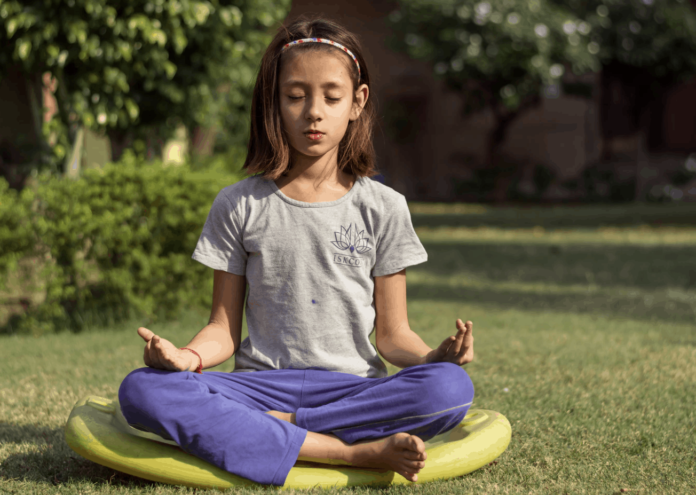Mindfulness, yoga and meditation offer a lot of benefits to adults. Research has even shown that it can reduce anxiety, prevents and treats depression as well as improving cognitive abilities. Which is why it can be extremely helpful for children if they were to practice it. Problem is, even adults have problems with attention spans, not to mention children.
Here are some ways so children can also practice mindfulness:
- Practice yoga together

Yoga may seem difficult to practice with kids, but with parents getting involved they are more likely to follow through with the practice. Kids may also find it easier with several yoga poses as it has animal names and relatively easy poses. With practice, they will be able to notice their breathing, develop self-regulation, and builds a healthy habit towards health and physical flexibility.
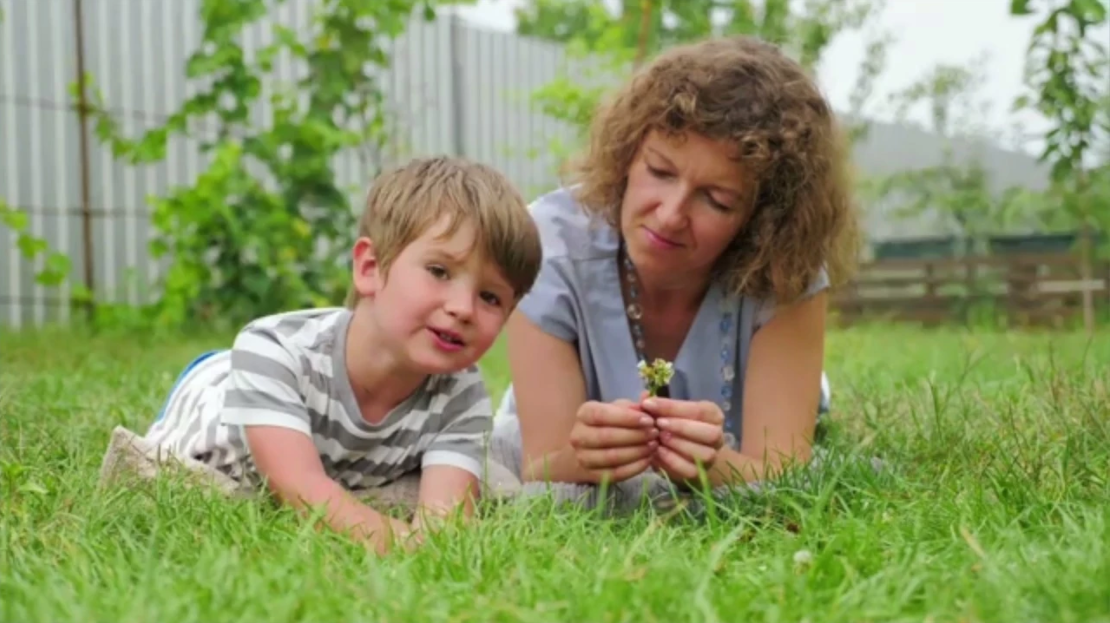
Meditation does not only occur indoors with a dimly lit room and candles, but can also be done surrounded by the fresh air of nature. You can simply make a habit of going outside at some point every day for a walk or hike. Kids will certainly love this meditation practice, as it teaches them to be in the present and can be wonderfully restorative for their emotions.
- Share a 3-breath hug.
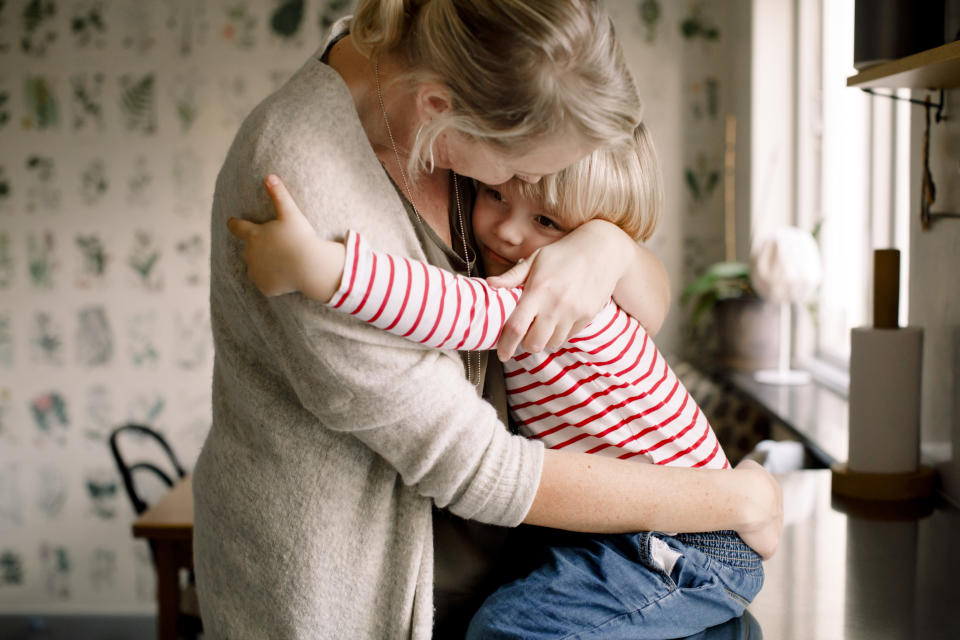
Another method of meditating is to share a 3-breath hug. Hug your child, then ask them to take deep breaths with you for a total of three times. While breathing, let loose of any muscles that feel tight and drop your shoulders. Once you let go, you will be able to feel the tension melt away. Practice this as you say goodbye in the morning, when someone you know needs a calming hug or whenever you feel like it.
- Practice gratitude.

Being grateful is a meditation that little children can also do and practice regularly. It is also a relatively easy to practice, as all you need to do is gather together at one particular time of the day and share what you appreciate about your day. An ideal time to do this is during dinner in which all who gathers share one thing we are thankful for. This teaches our children to appreciate the abundance in their lives, as opposed to focusing on all the toys and goodies that they crave.
- Let them be at their own pace.
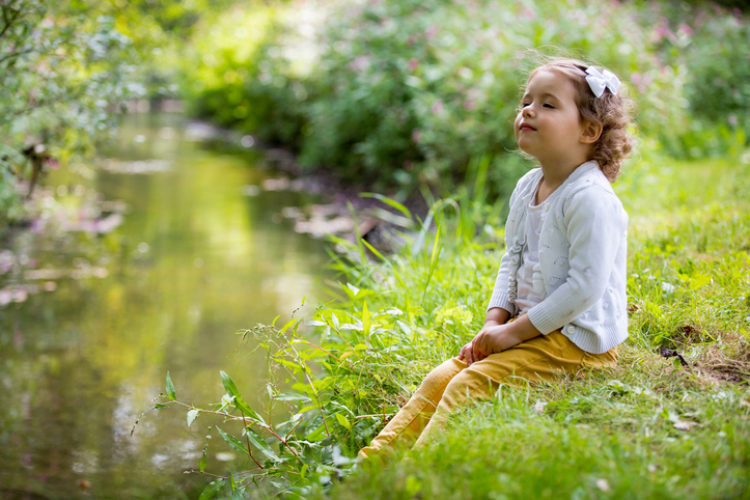
Sometimes, it does not even take a lot for children to get meditative. Children can be naturally meditative, for it is their nature to be in the present and take in whatever is in front of them. Which is why it is recommended to allow them to explore at their own pace. Create space in your schedule to accompany them during your free time to investigate and be mindful naturally.
- Create a Mind Jar.

Making a mind jar is fairly simple. All you need to prepare is a tightly closed jar, some glue, hot water and glitter. Mix the glue and hot water (the more glue you put in, the slower the glitter falls to the bottom) and add in glitter. After the mind jar is satisfactory, close the lid, shake it and watch the storm!
It’s similar to a snow globe, which can be an alternative. When your child is in need of meditation, simply shake the mind jar (or snow globe), and let them calm themselves down by breathing and watching until all the glitter falls to the bottom.
- Practice the Spiderman meditation
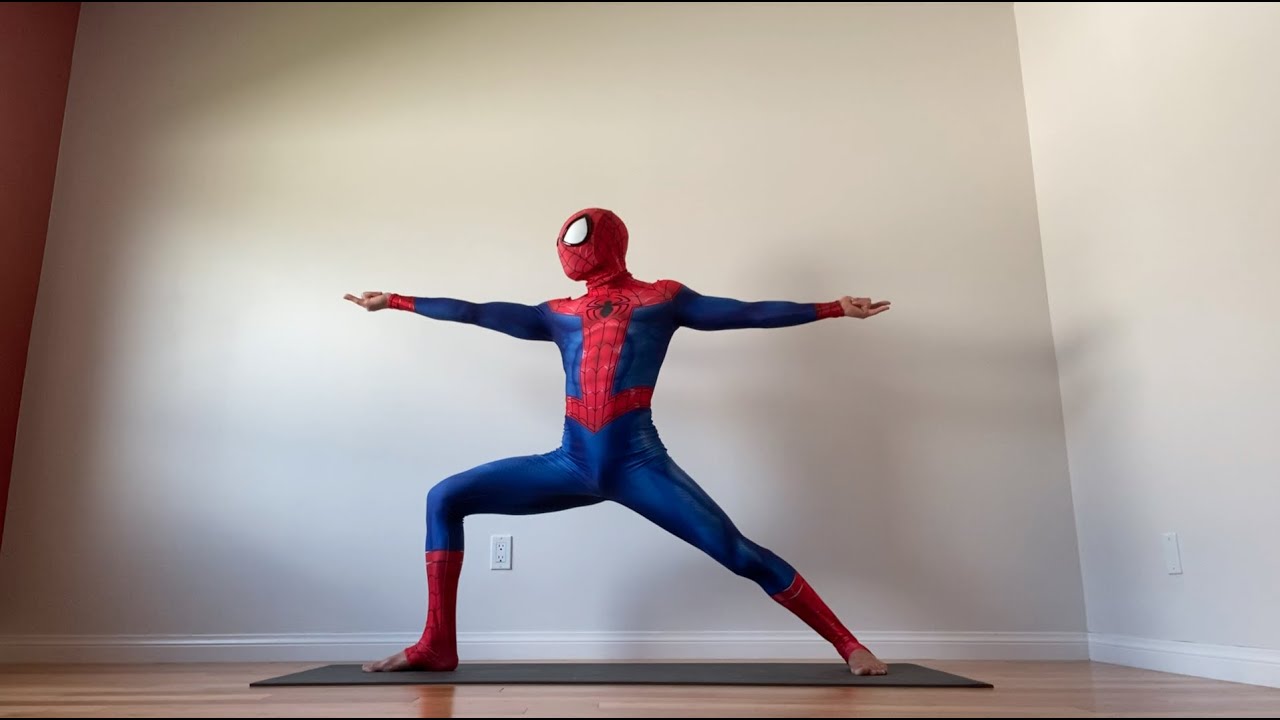
If your child is fond of superheroes such as spiderman, the easier and better it becomes! You can employ the Spiderman technique, where your child meditates by activating their “spidey-senses”. During this practice, they will have a heightened sense of smell, taste, and hearing in the present moment just like how a spider or spiderman would.
Which practice are you most interested in trying? Share your experience in the comment section below!

